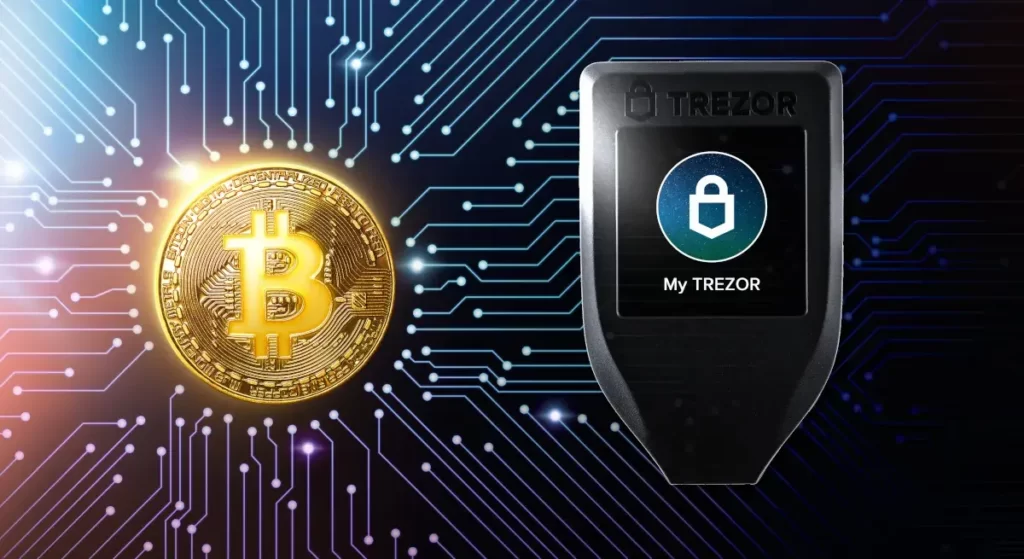Trezor Model T introduces new privacy feature

The popular hardware wallet Trezor Model T introduces a new feature for user privacy. Thanks to the cooperation with a development studio, customers of the Czech company can now run CoinJoin directly via the Trezor Suite driver.
Trezor Model T introduces new privacy feature
Trezor is one of the biggest names among hardware wallet manufacturers. Now the Czech company surprises with a new function that is supposed to better protect the privacy of its customers.
Trezor Model T devices support many different cryptocurrencies. Bitcoin, of course, is still one of the most popular. To make using the largest cryptocurrency easier and safer, Trezor is now cooperating with zkSNACKs.
To celebrate the new feature, the Model T is 15 percent off through April 26!
Together, both companies developed a CoinJoin function that is directly accessible in the Trezor Suite. This is the standard driver of the hardware wallets.
Users can deposit their funds and hold ready-made amounts to a new blockchain address after successfully participating in a CoinJoin. This process takes several hours. However, these three elements result in the user subsequently holding BTC that cannot be linked to a specific identity.
However, in the course of the further use of these funds, the identity could be exposed again. Because this feature is an automated process, there is no counterparty risk.
How exactly does CoinJoin work?
A CoinJoin is a variant of a so-called crypto mixer. When mixing, money from many different investors is literally thrown into one pot. Each participant then receives payouts.
The combination of a time delay and the use of fixed amounts ensures that the different identities of the participants are no longer recognizable at the end of the process. Paying out to a new blockchain address prevents past transactions from leading to unwanted de-anonymization.
Because bitcoin doesn’t allow for complex smart contracts, the most popular bitcoin mixers are often centralized services. The most well-known service of this type is Blender, which now operates under the name Sinbad .
With CoinJoin, the process is automated. Users do not run the risk of becoming a victim of infidelity. Trezor Model T itself provides a full guide to using CoinJoins within the Trezor Suite. The fees are 0.3 percent.



